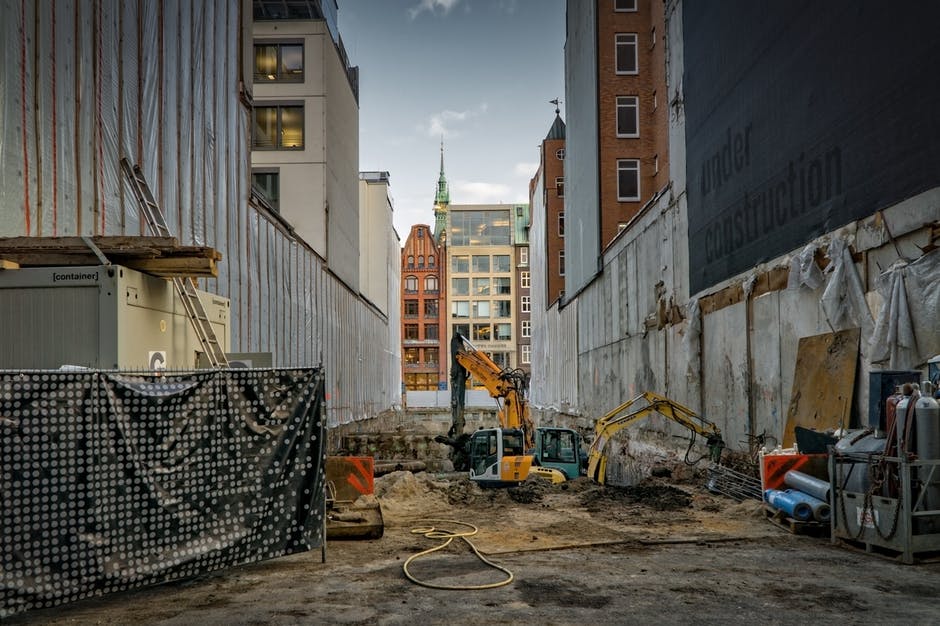5 Impressive and Unexpected Facts about Demolition and Excavation

As a premiere Toronto demolition and excavation company, Core Mini Bins is hired on a number of residential and commercial projects every year. As experienced demolition experts, we would like to share some interesting information on demolition services.
Demolition is not deconstruction
‘Demolition’ is different from ‘deconstruction’. Demolition is the tearing down of buildings and structures. Deconstruction involves taking down a building piece by piece, preserving each element for re-use. Depending on the demolition project we are assigned to, it may require having to deconstruct certain elements. Though we are tasked with tearing down buildings, we take our environmental commitment very seriously. If there’s a way to re-use certain materials, we will do our best.
Tallest planned demolition was done in 1968
The tallest planned demolition was done on the 47-storey high Singer Building in New York City, completed in 1968. The headquarters of the Singer Manufacturing Company, this was the tallest building in the world when it was first completed in 1908. Prior to the collapse of the World Trade Center in 2001, this was the largest building to have ever been destroyed at the time. A symbol of New York City wealth of the time, memories of the Singer Building are all that remains. Today, it’s been replaced with the One Liberty Plaza.
Demolition techniques vary
Depending on the needs of the area and what the building is made from, the precise demolition strategy can vary. For buildings of three storeys or less, it’s pretty straightforward. This involves pulling it down using a variety of equipment and potentially work platforms, excavators, cranes, and/or bulldozers. Large buildings may require a heavy weight on a cable, especially if there’s a lot of masonry involved. There are also newer methods of demolition which include using rotational hydraulic sheers and silenced rock-breakers in tandem with an excavator to break wood, steel, and concrete. Sometimes, sheers are used when there’s dangers to flame cutting.
Demolition requires planning and permission
As to be expected, demolition requires a hefty amount of planning and permission. Among the steps that need to be carried out beforehand include asbestos abatement, the removal of hazardous materials, procuring the necessary permits and permission to complete a demolition, notifying all relevant parties, ensuring utilities are disconnected, rodent baiting, and developing site-specific safety plans. That’s not even touching the work plans that need to be set up and any sort of environmental preparations that must be made. For these reasons, demolitions are rarely a quick process.
Building implosions are sometimes used but not always
Using explosives to do a demolition is what people usually think of when they think of demolition. It’s not always the case but in some instances, it is – such as with larger arenas, larger buildings, bridges, and other scenarios. Implosion comes with many benefits. After all, it’s fast and can oftentimes be predicted to more or less fall into its own footprint. The negatives are that any small error can be disastrous. To this point, even without error, there have been specific situations where an implosion did not work, thereby causing potential damage to neighbouring structures.
Demolition requires someone experienced to be able to maximize safety, minimize error, and ensure that all materials are properly handled. For more information on demolition and excavator services in Toronto, speak with a representative at Core Mini Bins today.


